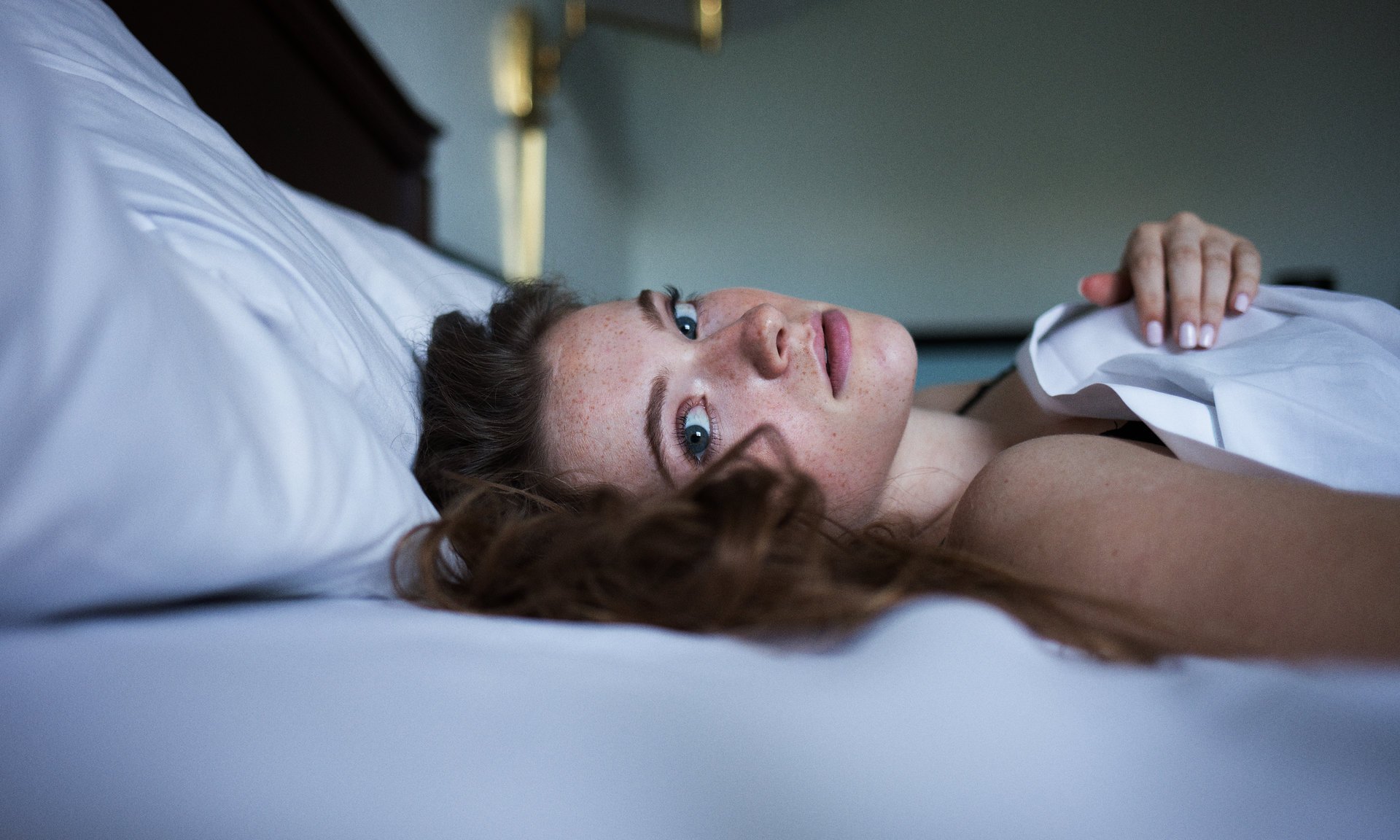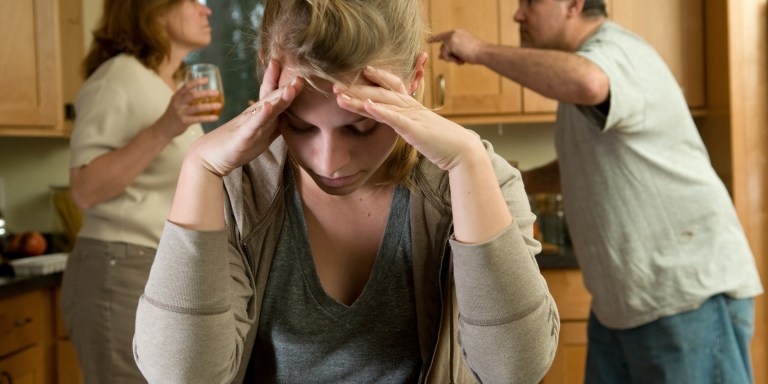If you or anyone you know is affected by Hidradenitis Suppurativa (HS) and would like to share your experience, please contact tellmystory@thoughtcatalog.com. This article is not intended to give medical advice, and if you or someone you know is struggling with HS, please seek out available resources or the guidance of a medical professional.
Hidradenitis Suppurativa (HS) is a chronic inflammatory skin condition that are caused by the body’s immune system malfunctioning. For most individuals who are diagnosed with HS, symptoms begin in puberty, though it is possible for it to start at any point in time. The first symptoms are usually bumps or infected lesions on the inside of the thighs or underneath the arms. These may be confused for pimples at first.
However, HS typically evolves into larger, painful abscesses that can rupture. These abscesses can be very painful, and interfere with day-to-day function. HS can impact both men and women, however, it often develops both where hair grows and where that skin rubs against other skin.
Symptoms
The symptoms of HS are abscesses and lesions that become infected, inflamed, or do not go away. HS can sometimes be confused with cystic acne, though HS is much more severe. abscesses can be very painful. Here are some of the most common symptoms of HS, according to the Mayo Clinic:
Blackheads. Small pitted areas of skin containing blackheads — often appearing in pairs or a “double-barreled” pattern.
Red, tender bumps. These bumps often enlarge, break open and drain pus. The drainage may have an odor. Itching and burning may accompany the bumps. They usually appear in areas where skin rubs against skin.
Painful, pea-sized lumps. These hard lumps, which develop under the skin, may persist for years, enlarge and become inflamed.
Tunnels. Over time, tracts connecting the lumps may form under the skin. These wounds heal very slowly, if at all, and can leak pus.

Stages
For most people, HS develops in stages, and there are three that are most clearly identifiable. The stage of HS you are at will likely change the way your doctor approaches your treatment plan.
Stage 1: This is the first phase of HS, at which point you are experiencing itching, discomfort, or some welts or bumps. At this point, you can recognize that your lesions are definitely more severe, and lasting longer, than a typical acne breakout would. However, at this point, you are not in enough pain that HS is interfering with your everyday life.
Stage 2: At this stage, your abscesses are recurrent, and are gaining tract formation and scarring. At this point, there may be multiple or many separated lesions. They are likely not so uncomfortable that you cannot function, but they are significantly more painful than they were at stage 1.
Stage 3: At the third and final stage of HS, there are multiple, interconnected tracts of abscesses that can be seen across entire sections of your body, including inner thighs, under arms, and other areas most commonly that would grow hair, and touch other parts of your skin. At stage 3, HS can severely impact your quality of life, mobility or even ability to function.
It is important to note that not all HS must phase from stage 1 to stage 3. Some people may begin at a later stage, and regress with treatment. In other cases, some individuals can have stage 1 for their entire lives. It is not sequential.
Treatment
There are so many different treatment options for HS, but they will depend on the stage you are in, the severity of your illness, and what you and your doctor determine would work best for your individual circumstances. These are just some of the possible treatment options available. You should always consult with a medical professional to find the right treatment for you.

Warm compress
No matter what stage you are in, you can help the swelling, irritation or other pain by applying a warm compress to areas of your body that are being impacted by HS.
NSAIDs
NSAIDs are non-steroidal anti-inflammatory drugs, and are often issued as a pain treatment option. This will help you manage swelling and discomfort, particularly if your HS phasing progresses. Some common NSAIDs are Aspirin, Ibuprofen, and Naproxen.
Antibiotics
Antibiotics, which fight infection and are often issued in either pill or topical cream form, can both help symptoms from worsening, and potentially curb future outbreaks. An antibiotic will help with any infection experienced from HS.
Corticosteroids
These steroids are injected at the site of the bump, and can help reduce inflammation, pain and swelling. Patients will typically receive these shots once per month for up to three months, potentially longer if need-be. Sometimes, these steroids can also be issued orally.
Oral retinoids
This medication is often used in acne treatment, these drugs can reduce rapidly growing skin cells, reduce redness and inflammation, all while not suppressing the patient’s immune system.
Topical resorcinol
This is a topical treatment that is issued on inflamed areas of skin. This is similar to a chemical peel, which exposes deeper layers of skin, making you more able to cleanse and clear them.
Hormone therapy
Some individuals find that HS improves with the use of birth control pills, as hormones may play a role in the severity of one’s HS.
Biologics
Biologics are medications that reduce your immune system, which is your body’s defense mechanism against germs. Though effective, these can often pose serious risks to your body as a whole, which is why they are often only used in extreme circumstances.
Surgery
In the worst cases, surgery may be a viable option for relief. During a surgical procedure, doctors will open pockets to drain pus, and in other cases, can use a procedure called “deroofing,” which is where doctors can turn deep, painful bumps and pockets into scar tissue, which is a lot less painful. Laser surgery is also a possibility.






